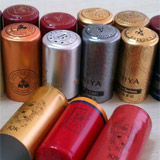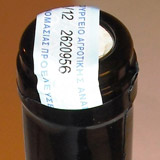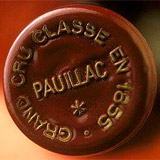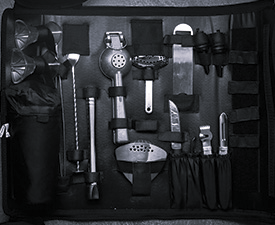Wine bottles that have a 'cork closure' typically have a protective sleeve called a foil (commonly referred to as a capsule) covering the top of the bottle. The purpose of which is to protect the cork from being gnawed at by rodents or infested with the cork weevil and to serve as a collar to catch small drips when pouring the wine. The foil adds the perfect final touch to the wine bottle - an infinite array of colours, designs and top embossing, and side printing possibilities make it easy for you to achieve customized perfection.
Foils were historically made of lead; however research showed that trace amounts of toxic lead could remain on the lip of the bottle and mix with the poured wine, lead foils were slowly phased out, and by the mid 1990s most foils were made of tin, heat-shrink plastic (polyethylene or PVC), or aluminium or polylaminate aluminium. Sealing wax is sometimes used although sometimes very thick wax has to be painstakingly, and messily, chipped off with a sharp wine-knife, or the foil can be omitted entirely. Some bottles of wine have a paper strip under wine bottle foil, as a seal of authenticity, which must be broken before the bottle can be uncorked - to help stop fake wine bottles.
The foil is also in some ways a tamper proof seal, but it is also a barrier to moisture or any changes in temperature. But at the same time exposing the cork to high humidity can cause the cork to support some mold growth and low humidity will cause the cork to dry out and crack. This could cause the cork to disintegrate when you try to open it.
An increasing number of wine bottles are now on to the market without a foil, though bottles kept in a wine rack - capsules can be useful for identification. Wine professionals try to cut the foil in a straight line round the bottleneck a few millimetres below the rim so that wine doesn't come into contact with the foil when it is poured. A sharp wine-knife can neatly cut foil, but a specially designed foil cutter does it with much less effort.










